I love going to greenhouses and garden centers. There’s something about stepping into a building full of plants that fills my soul with delight. The diversity of colors and forms is amazing. It’s also remarkable to see how many different cultivars and variants botanists have come up with through selective breeding. Gregor Mendel would be proud.
Folks often ask me if different strains, colors and cultivars of a plant are just as good medicinally as the wild stuff. My response is…maybe. In nature there are often different variants of color, shape or size for a given plant species and those individuals will typically be identical medicinally. But sometimes long-term, intentional selective breeding can breed out some medicinally important traits by over emphasizing the visual appeal of a plant. So, if you are going to get medicinal plants from a nursery or garden center, I recommend that you do a couple of things.
What Species Are You Really Getting?
The first good thing to do is to make sure you know what plant species you’re buying. If there isn’t a specific Latin name on the tag, you really don’t know what you’re getting. For example, every nursery in North America sells beautiful hanging baskets with pretty Lobelia flowers. Well isn’t Lobelia a really great herb? Yes, Lobelia inflata is a really good herb. Lobelia cardinalis is a really good herb. But the pretty little Lobelia flowers in those hanging baskets are a different species of Lobelia, Lobelia erinus. Lobelia erinus is from Africa and is a very different plant than it cousins. With some genera of plants, you can use different species without concern but this particular Lobelia is different enough to make it a bad idea. So, make sure you know exactly what species you’re getting.
Make Sure The Cultivar Isn’t Too Different
There are some manmade cultivars of plants that are really different than the original. If you go to a nursery, you can find plants with very different colors, sizes and leaf structures than their original progenitors had. So, can you use those for medicine? I worry a bit about plants that are really different. Those differences come from selective breeding for specific traits. Since there is no way of knowing whether the medicinal properties of the parent plant survived the generations of unnatural selective breeding, we really don’t know how strong or effective those strange new cultivars are going to be. So, as a general rule, I think it’s best not to stray too far from the original model.
Hey, I Thought This Article Was About Giant Turkish Plantain!
Right you are. Giant Turkish plantain is a variety of Plantago major from Turkey. Now this is an example of a plant that’s the same species as our North American and European broadleaf plantain but looks quite different because it’s bigger. And I don’t mean just a little bigger…It’s huge. The good news is that this strain isn’t a manmade selective encouragement of bizarre mutation. Nope, nature made this beauty on its own. I’ve been growing and using this amazing plant for many years and have seen its effect on some serious cases from blood poisoning to sepsis to rattlesnake bites. It’s a good one! As near as I can tell (after years of use) it behaves medicinally just like it’s smaller, local brothers. So the amazing advantage isn’t that Giant Turkish plantain is stronger medicinally. The advantage is that each plant makes vastly larger quantities of that medicine. So, Giant Turkish Plantain is a good example of a mutation that was a really good idea and that gives medicinal plant nuts a really great benefit. Bigger isn’t always better. But in the case of this plant, it’s lots better.
If you’d like to learn more about this plant and see it, I did a YouTube video about the rascal.
If you’d like to grow your own with seeds from our very own HomeGrown Herbalist Garden, we have it on the website.
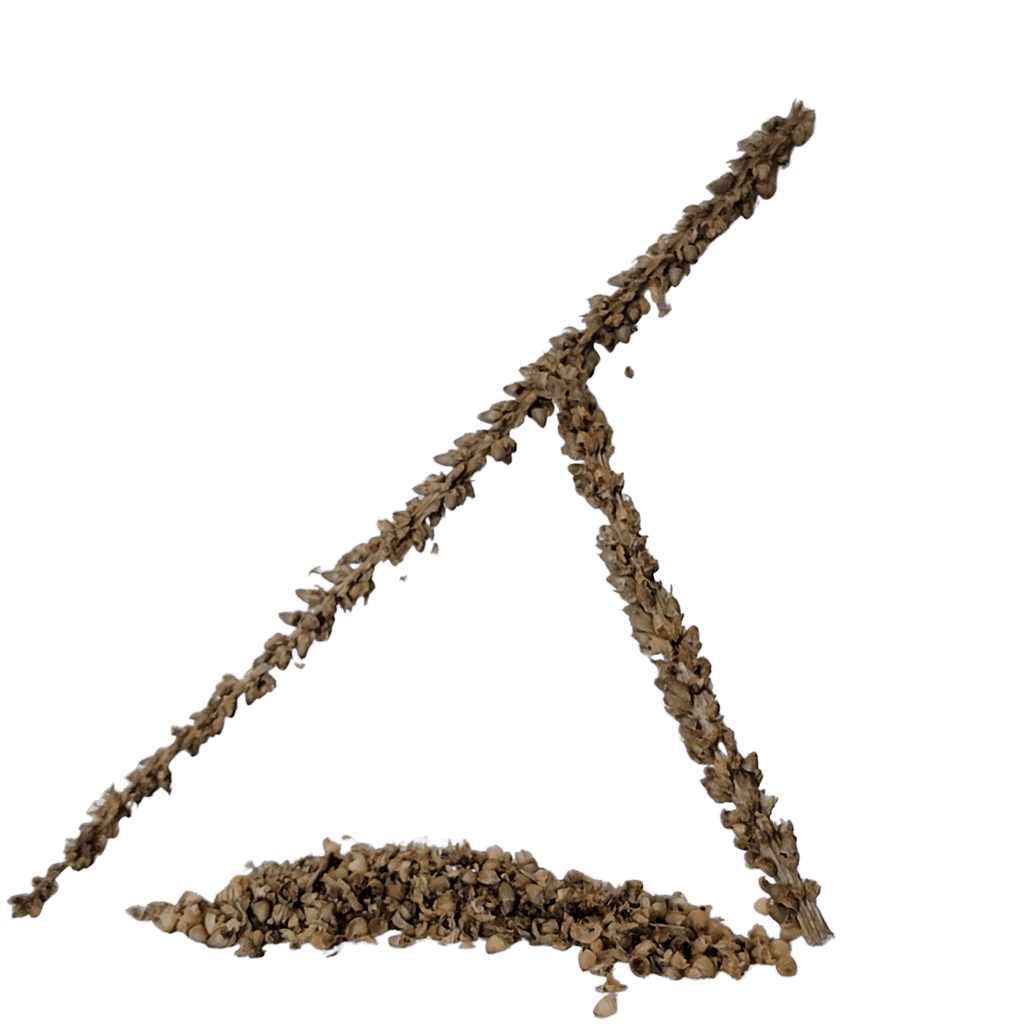
Giant Turkish Broad Leaf Plantain Seed
Join Thousands of Learning Herbalists in the Homegrown Herbalist Online School of Botanical Medicine!

Enroll with Lifetime Access In Our Online School!
Join Thousands of Learning Herbalists in the Homegrown Herbalist Online School of Botanical Medicine! If you’ve been on the fence, make sure you understand that the school price will never be this low again



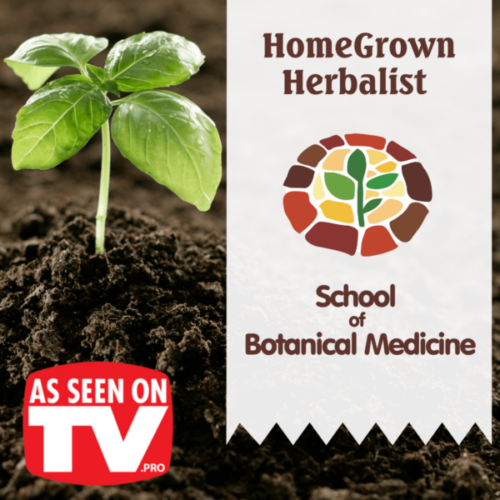
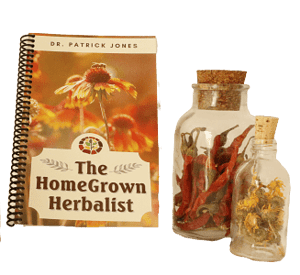

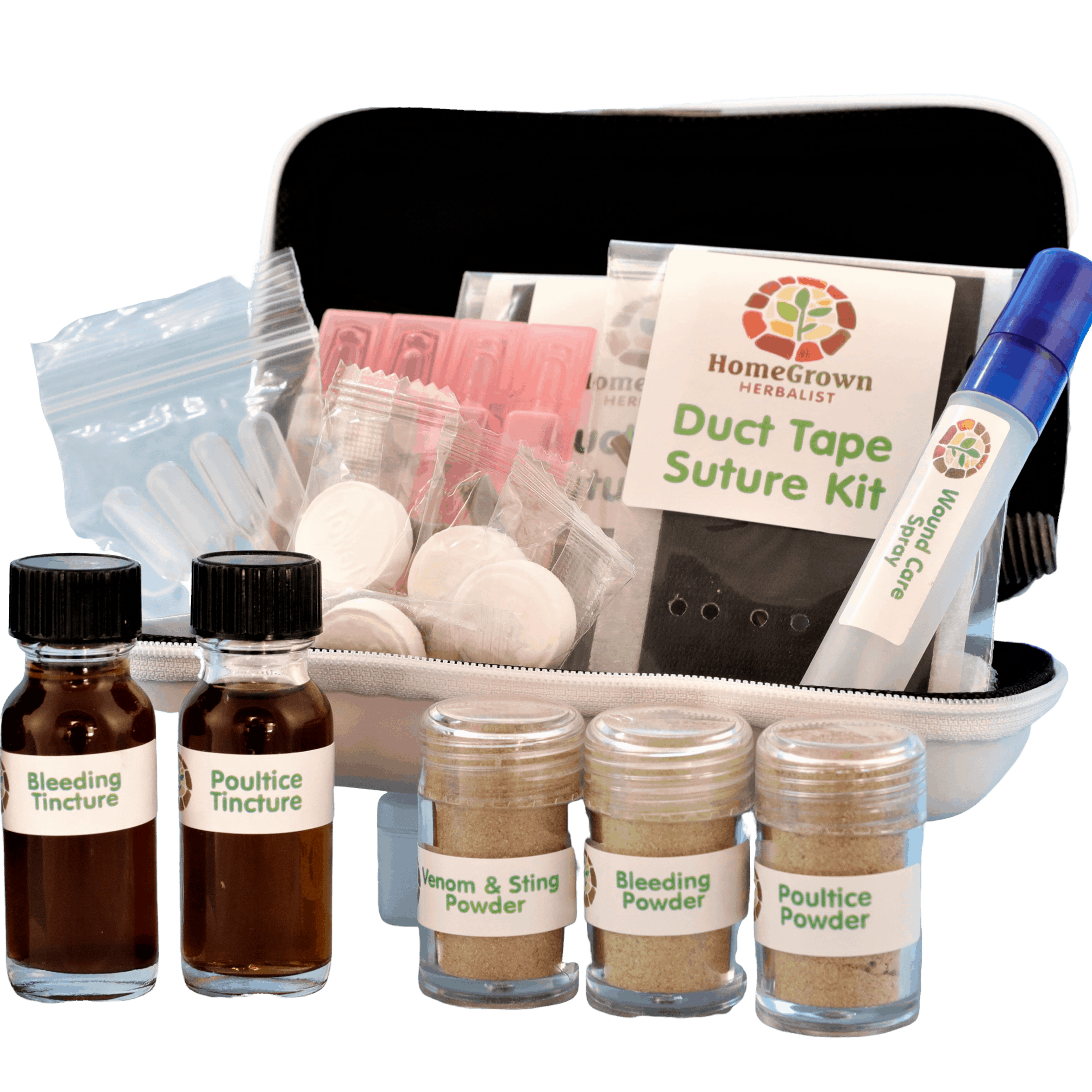
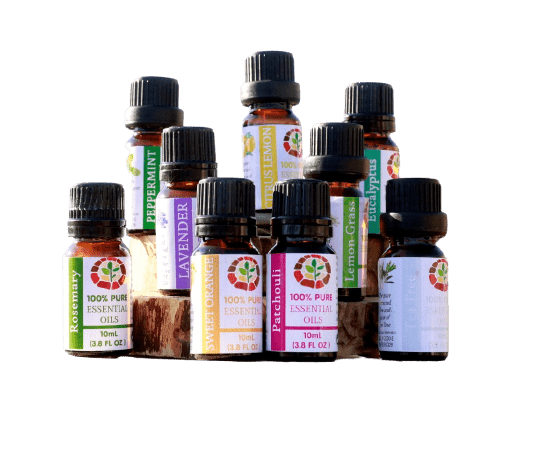
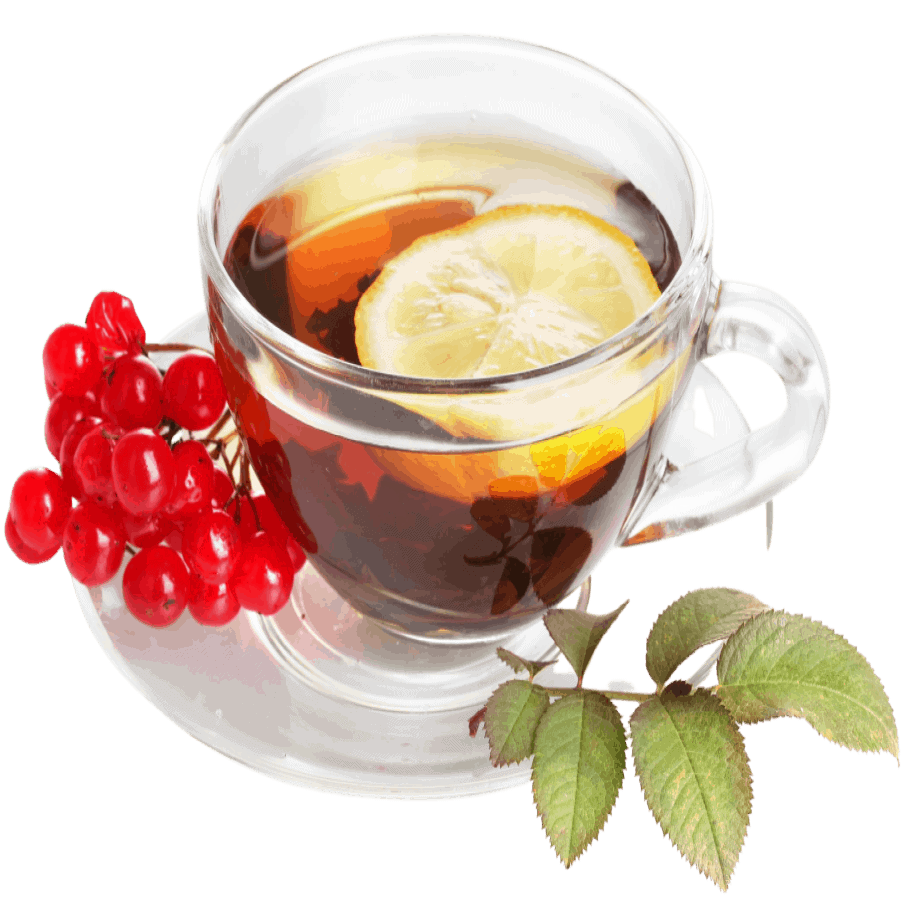
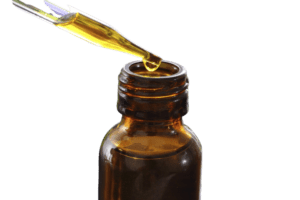
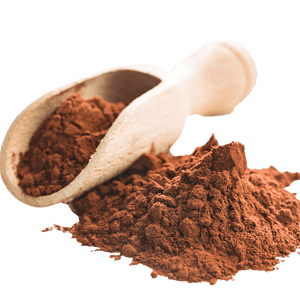
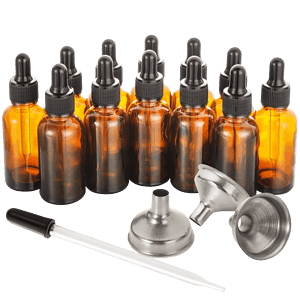

I have been harvesting plantain seeds lately and have spent a few sessions stripping the seeds off the seed stalks (because they are taking up a nice big bowl I have and I want it back). So now, after having spent quite a lot of time, I find out there is a better kind of plantain…. : (
A cousin sent me a picture of a plant this summer and asked if it was plantain. It didn’t look like it to me and I went out to take a picture of my plantain to send back and realized I had some really huge (comparatively-speaking) plantain growing this year. The leaves were as big as my hand, and even bigger. But plantain with leaves as big as, or bigger than, my head…??? Phew…
I will still plant my plantain seeds, but I may need to get some Turkish plantain too…. : )
If you’re nice to regular plantain (a little shade and enough water), it’ll get bigger than it gets in the lawn.
But, yeah, The Turkish strain is huge. :0)
When will this be available? Also how does narrow leaf English Plantain compare to broadleaf and this Turkish plantai? Thank just starting to review this site. it is awesome,
We harvest the seed heads as they mature. Hard to say when or how much we’ll have in a given week. Narrow leaf plantain (Plantago lanceolata) is identical medically to broadleaf plantain (Plantago major) it just doesn’t produce as much medicine per plant because of the skinny leaves.
We talk a lot about plantain in the school. It has applications in all kinds of issues.
I did another little youtube video about it too that you’d probably enjoy. https://www.youtube.com/watch?v=8tlCys3eEVA&t=317s
I’ve just bought a Plantago major which is truly enormous. It was labelled Plantago major var Japonica. So this Turkish one is a surprise to me. Apparently the Japonica one does indeed come from parts of Japan and is known to be much bigger in all of it’s parts to most P. majors. Wondering if somhow this is the same as the “Turkish” one. Or if the Turkish one has any documented proof of provinance? P. major var Japonica is the accepted botanical name for this variation. I just cant find anything from Turkey outside of America?
Any of the variants of Plantago major will be fine and have similar actions.
I saw your video on “Harvesting Plantain for hornet stings”. The giant Plantain is new to me. Look forward to ordering seeds from you. Do you have a newsletter or similar that is on paper. It would be helpful to people who dont have a computer or who want to limit that. It would also be another way of spreading the information on what’s available
tt
We don’t do a print version of a newsletter but all of the lessons in the HomeGrown Herbalist School can be downloaded and printed. Someday, I’ll do a print version of the whole thing for students that don’t want to print their own.
https://homegrownherbalist.net/about-the-school/
Dear Patrick, I live in Sweden and wonder how cold the Turkish plantain can survive in winter? i live in a zone where we can get minus (20 max) Is it tough enough?
Also could you ship to Sweden?
Ps thanks for your great work teaching, love your videos.
Hi Michael,
If you have other plantain species growing in that environment, it should be fine. I can ship to Sweden, whether it’s permitted to import seeds would be a question you’d have to ask your local authorities.